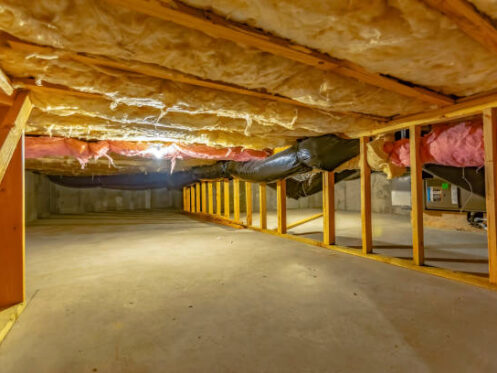Why Crawl Spaces Struggle with Humidity in North Carolina
North Carolina’s warm, humid climate creates challenges for homeowners — especially when it comes to crawl spaces. High humidity levels can wreak havoc beneath your home, leading to moisture problems that can affect your structure, air quality, and even your family’s health.
Here’s what you need to know about how humidity impacts crawl spaces and how to protect yours year-round.
1. Moisture Accumulation and Wood Rot
Crawl spaces often trap humid air, causing condensation to form on surfaces like wood beams. Over time, persistent moisture can lead to wood rot, compromising the structural integrity of your home.
Tip: Install a vapor barrier over the soil to prevent ground moisture from rising into the crawl space.
2. Mold and Mildew Growth
Mold thrives in moist, dark environments. A humid crawl space is the perfect breeding ground for mold and mildew, which can spread through your home’s air system and cause health issues.
Tip: Use a high-quality crawl space dehumidifier to keep humidity levels below 60%.
3. Pest Infestations
Insects like termites, ants, and other pests are drawn to damp crawl spaces. Moisture not only invites pests but can also accelerate damage caused by termites and carpenter ants.
Tip: Regular inspections can catch early signs of pest activity before it becomes a bigger problem.
4. Higher Energy Bills
A humid crawl space can make your home feel warmer in the summer, causing your HVAC system to work harder — and increasing your energy bills.
Tip: Crawl space encapsulation helps insulate your home, improving energy efficiency.
Protect Your Home from Humidity Damage
Managing humidity in your crawl space is vital for your home’s health and your peace of mind. Taking preventive measures now can save you thousands in repairs later.
Need help sealing or dehumidifying your crawl space?
📞 Contact RhinoLift Foundation Solutions today for expert crawl space moisture solutions!





